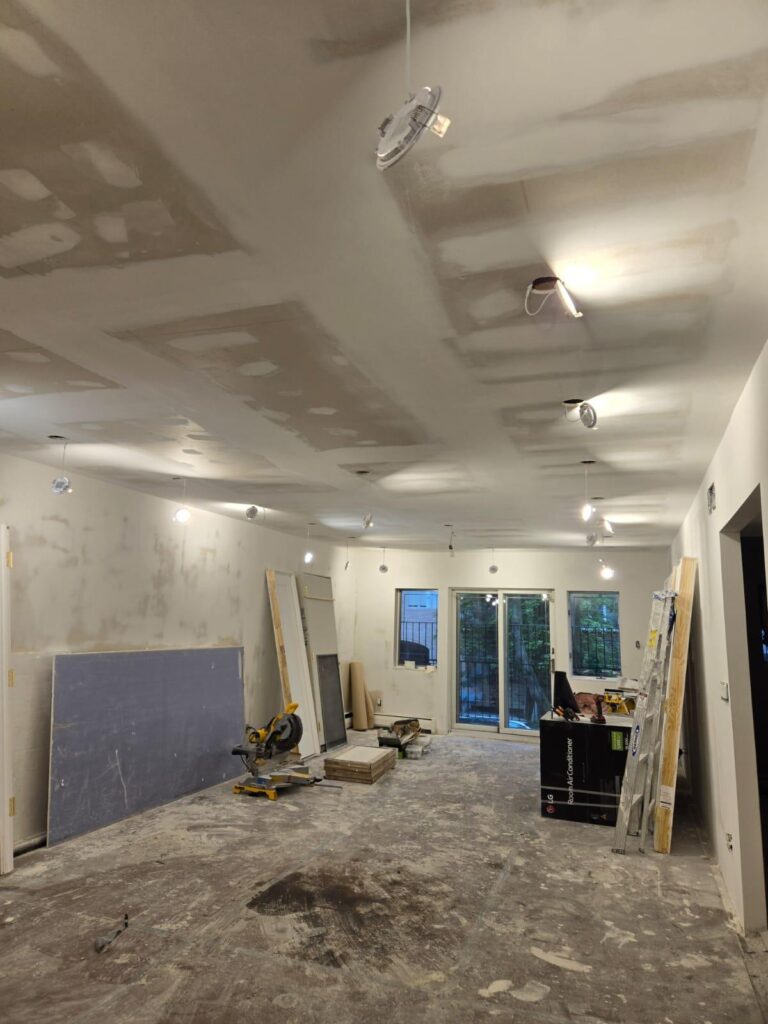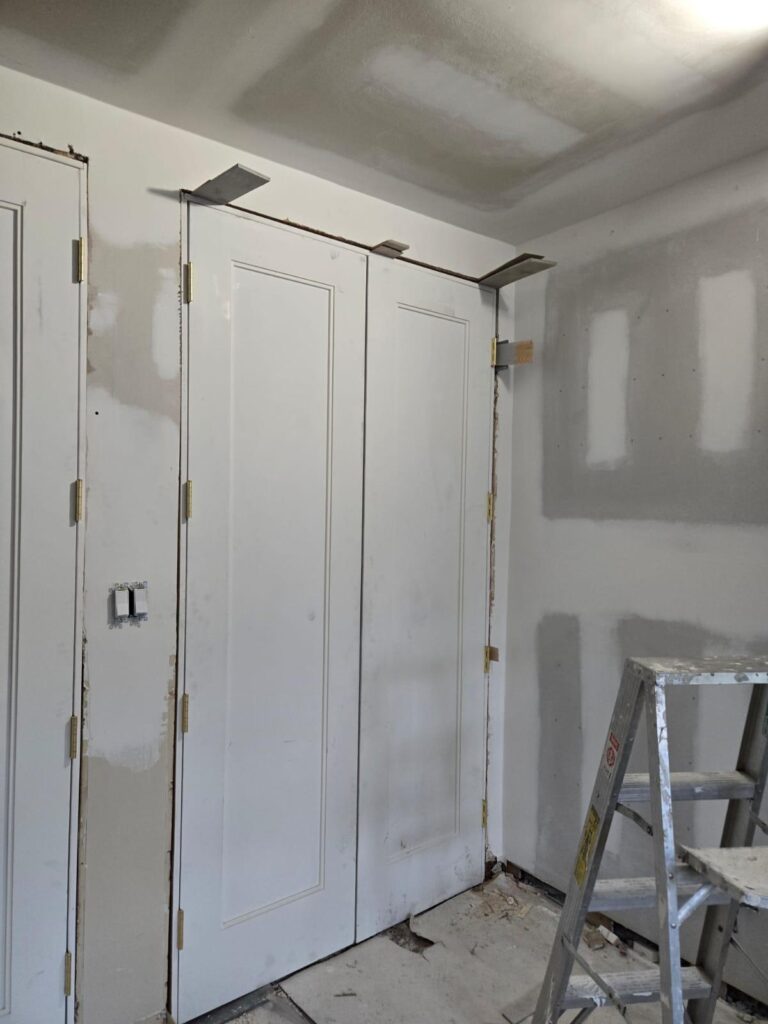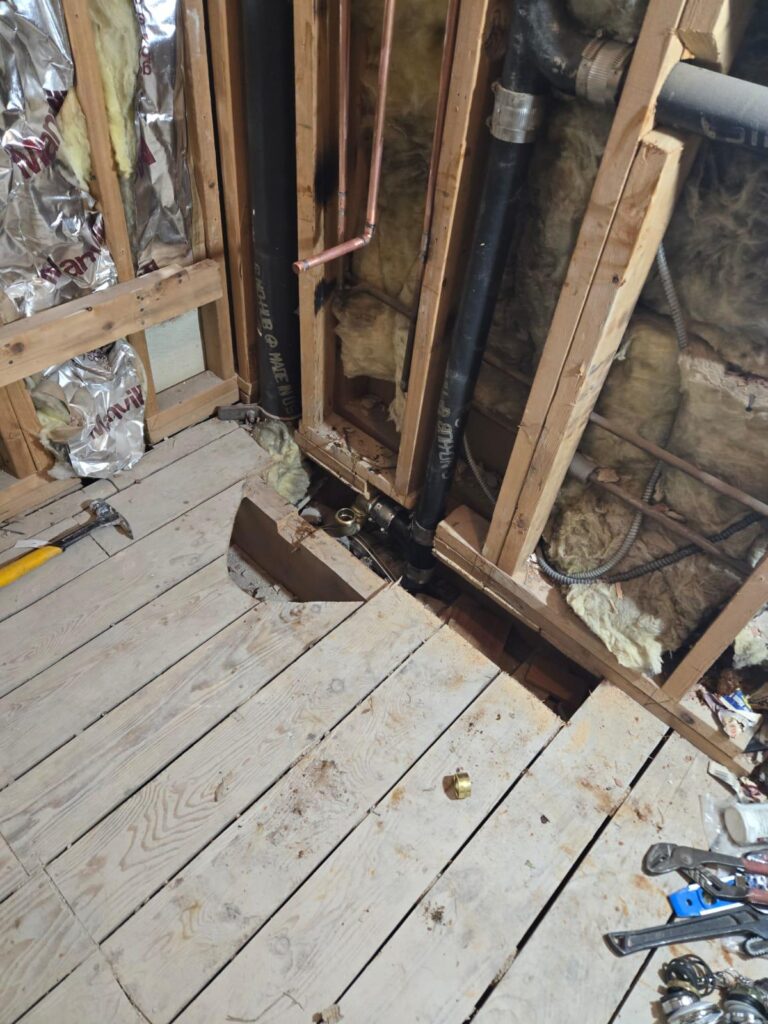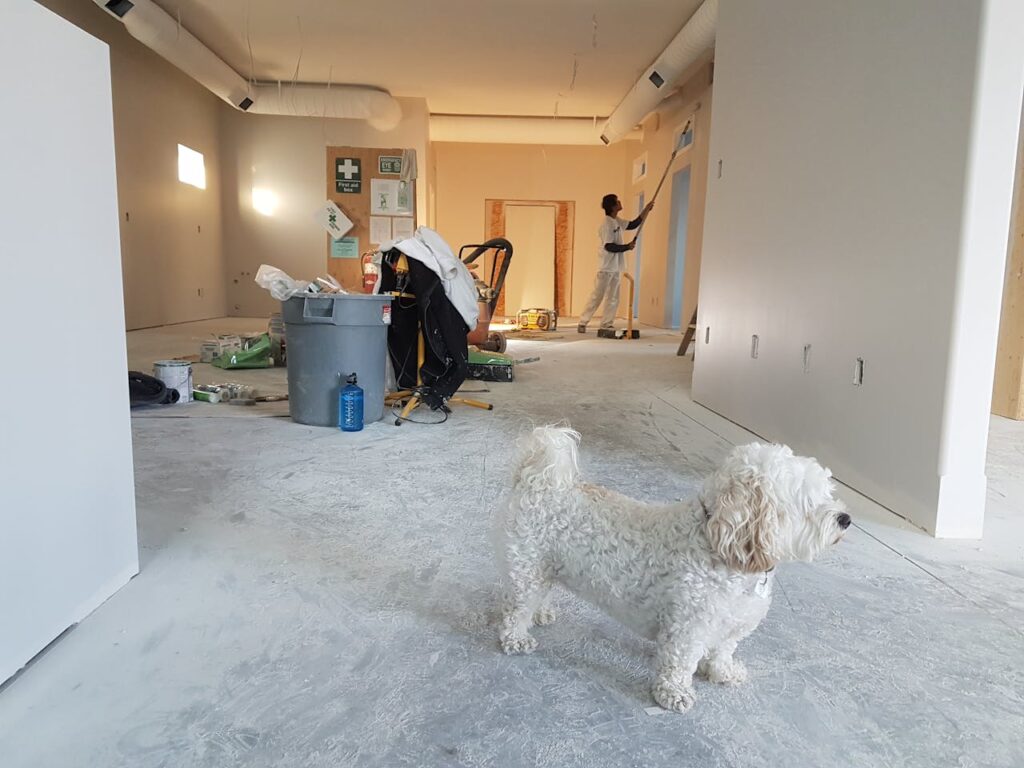Introduction: House remodeling is more than just a home improvement project; it’s an opportunity to rejuvenate your living space, enhance functionality, and increase your property’s value. Whether you’re updating a single room or undertaking a complete renovation, understanding the essentials of house remodeling can help you achieve a successful transformation. This article will guide you through the key steps of remodeling, from planning to execution, and offer insights on how to navigate the process efficiently.
1. Planning Your Remodeling Project: Effective planning is crucial for a successful remodel. Here are some important considerations:
- Define Your Goals: Determine the purpose of the remodel. Are you looking to update outdated features, increase space, or improve energy efficiency?
- Set a Budget: Establish a realistic budget that includes a contingency fund for unexpected expenses. Consider costs for materials, labor, permits, and design fees.
- Choose a Design Style: Decide on a design style that reflects your personal taste and complements the existing architecture of your home.
2. Hiring the Right Professionals: Selecting the right team of professionals can make or break your remodeling project. Key players include:
- Architects: If your project involves significant structural changes, an architect can help design the layout and ensure structural integrity.
- Contractors: A reliable general contractor will oversee the day-to-day operations of the remodel, manage subcontractors, and ensure the project stays on track.
- Interior Designers: For aesthetic guidance and space planning, an interior designer can help create a cohesive and functional design scheme.
3. Navigating Permits and Regulations: Depending on the scope of your remodeling project, you may need various permits. Ensure you:
- Research Local Codes: Familiarize yourself with local building codes and zoning laws to ensure compliance.
- Obtain Necessary Permits: Apply for and secure the required permits before starting any major work to avoid legal issues and fines.
4. Managing the Remodeling Process: Once the project is underway, effective management is key to staying on schedule and within budget:
- Monitor Progress: Regularly check on the progress of the work to ensure it aligns with your expectations and timeline.
- Communicate with Your Team: Maintain open communication with your contractor and other professionals to address any issues promptly.
- Address Changes: Be prepared for potential changes or unexpected issues, and discuss them with your team to find practical solutions.
5. Finalizing Your Remodel: As your project nears completion, there are a few final steps to ensure everything is finished to your satisfaction:
- Inspect the Work: Conduct a thorough inspection of the completed work to ensure it meets your expectations and quality standards.
- Address Punch List Items: Create a punch list of any minor issues or touch-ups that need to be completed before final payment.
- Enjoy Your New Space: Once everything is finalized, enjoy the results of your remodeling project and the improved functionality and aesthetics of your home.
Conclusion: House remodeling is a significant undertaking that requires careful planning, professional expertise, and effective project management. By understanding the key steps involved, from initial planning to final inspection, you can navigate the remodeling process with confidence and achieve a successful transformation. Whether you’re modernizing a single room or undertaking a comprehensive renovation, a well-executed remodel can enhance your living environment and increase your home’s value.








